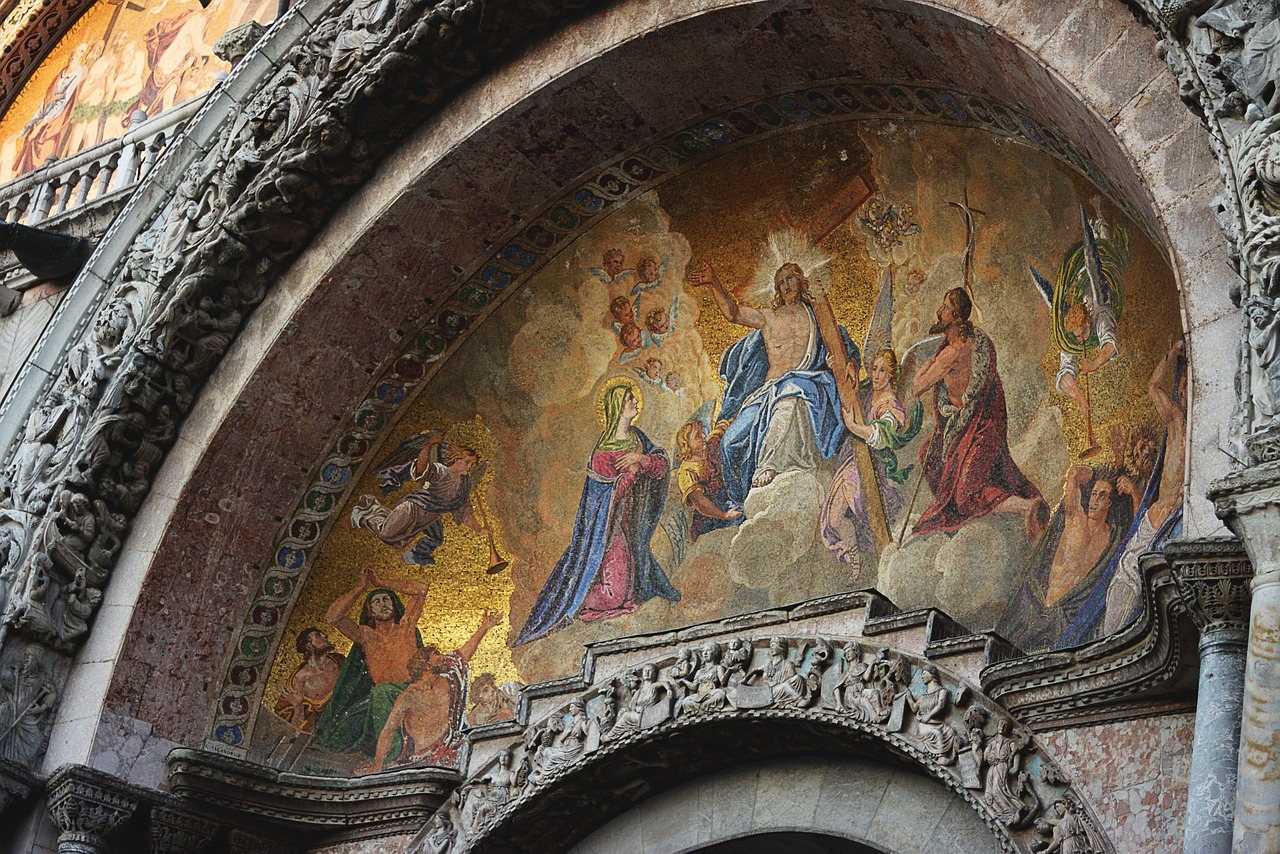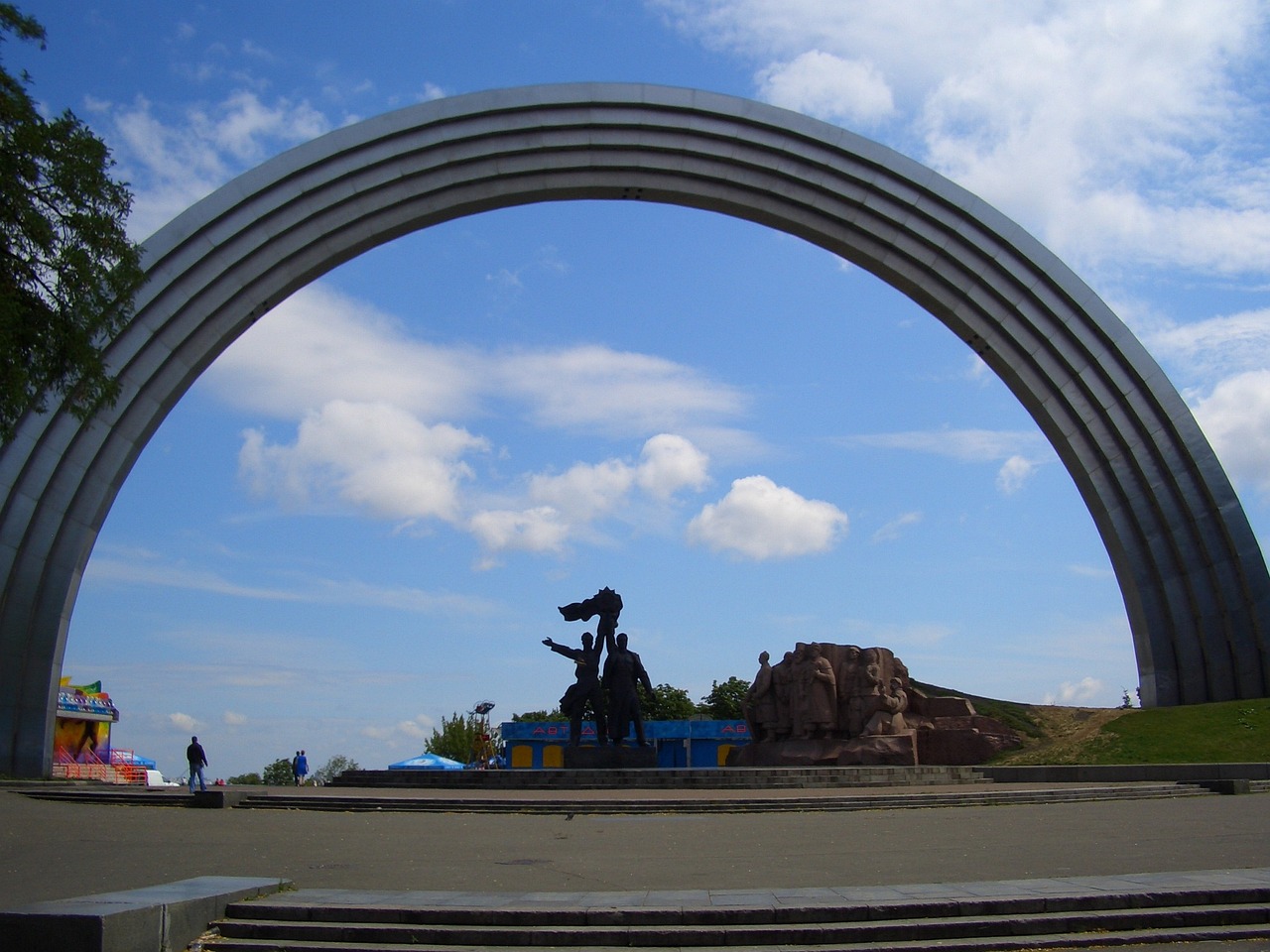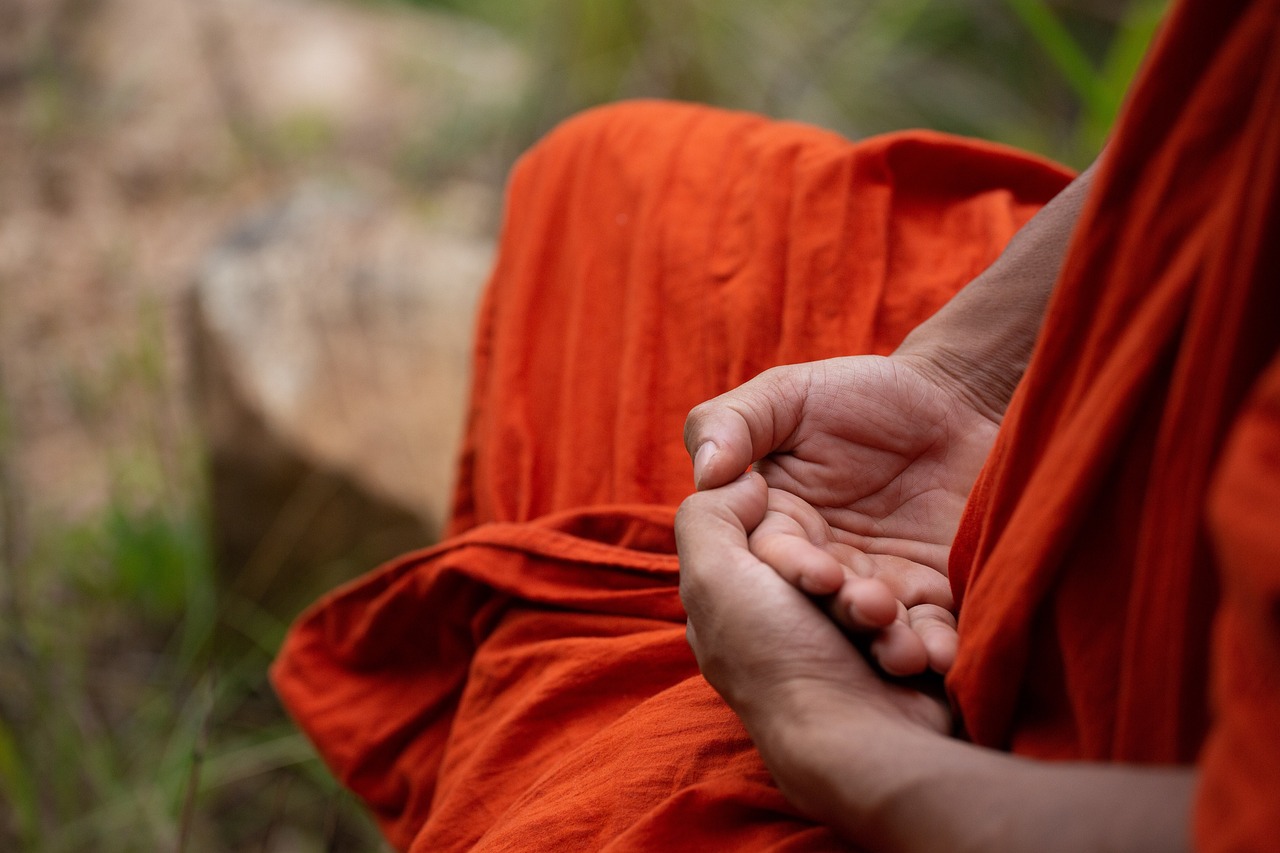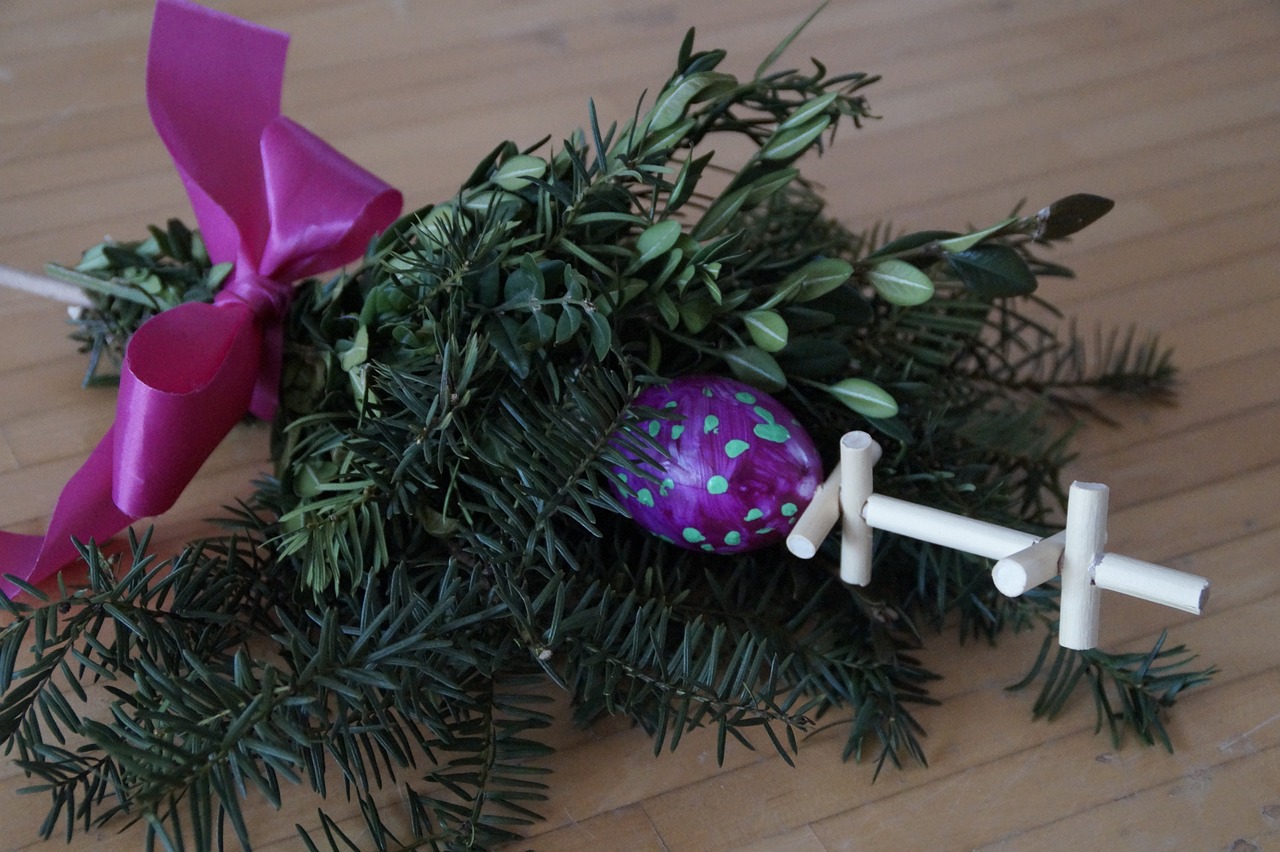A Study of Druidic Beliefs and Their Connection to Nature
Exploring the ancient spiritual practices of the Druids and their reverence for nature reveals a deep connection between Druidic beliefs and the natural world. The core tenets of Druidism emphasize harmony with nature, viewing the environment as not just a physical entity but as a living, breathing spiritual force. This article delves into the intricate web of beliefs that bind Druids to the sacred essence of the natural world, shaping their rituals, ceremonies, and worldview.

Origins of Druidic Beliefs
Exploring the ancient spiritual practices of the Druids and their reverence for nature, this article delves into the core beliefs of Druidism and how they intertwine with the natural world.
The origins of Druidic beliefs can be traced back to the ancient Celtic societies of Europe. The Druids were the intellectual and spiritual leaders of these societies, serving as priests, teachers, and advisors. They held a deep connection to the natural world, seeing it as a source of wisdom and divine energy.
Druidism itself is believed to have evolved from even earlier shamanic traditions, incorporating elements of animism, polytheism, and reverence for the land. The Druids were known for their knowledge of herbalism, astronomy, and the cycles of nature, which played a significant role in their spiritual practices.
As Celtic society changed and evolved, so too did the beliefs and practices of the Druids. Despite facing suppression and persecution during various periods of history, the essence of Druidic spirituality has endured, inspiring modern interpretations and revivals.

Druidic Rituals and Ceremonies
Druidic rituals and ceremonies are intricate and meaningful practices that form the foundation of Druidism. These rituals are not mere performances but rather profound connections to the natural world and the spiritual realm. One of the most significant ceremonies in Druidism is the ritual of Samhain, marking the end of the harvest season and the beginning of winter. During this time, Druids gather to honor their ancestors, reflect on the cycle of life and death, and prepare for the dark months ahead.
Another essential aspect of Druidic rituals is the celebration of the solstices and equinoxes, known as the Wheel of the Year. These seasonal celebrations align with the changing rhythms of nature, acknowledging the balance between light and dark, growth and decay. Through these ceremonies, Druids express their gratitude for the earth's abundance and the interconnectedness of all living beings.
Druidic rituals often involve the use of sacred symbols such as the triskele or the celtic knot, which carry deep spiritual meanings and connect practitioners to their ancestral roots. The druidic circle is a common feature in ceremonies, symbolizing the eternal cycle of life and the unity of all existence.
Central to Druidic ceremonies is the practice of ritual purification, where participants cleanse themselves physically and spiritually before engaging in sacred rites. This purification process may involve meditation, chanting, or the use of herbs to create a harmonious and receptive state of mind.
Druids also engage in divination during rituals, seeking guidance from the spirits and the natural world. Through practices such as scrying, tarot readings, or ogham divination, Druids tap into the wisdom of the universe to gain insights and clarity on their spiritual path.
Overall, Druidic rituals and ceremonies serve as a powerful means of communion with nature and the divine, fostering a deep sense of reverence and connection to the sacred forces that govern the universe.

The Role of Nature in Druidic Beliefs
Central to the essence of Druidic beliefs is the profound connection with nature that shapes the core of their spirituality. Nature is not merely seen as a backdrop or resource but as a living, breathing entity intertwined with the very fabric of Druidic practices. The natural world is revered as sacred and divine, with every tree, river, and animal embodying spiritual significance. Druids view themselves as stewards of the earth, entrusted with the task of preserving and honoring the intricate balance of the natural world.
Within the intricate tapestry of Druidic beliefs, nature serves as both a teacher and a guide, offering profound wisdom and insights to those who listen closely. Through observing the cycles of the seasons, the movements of the stars, and the rhythms of the earth, Druids seek to attune themselves to the harmonious flow of nature. This deep connection with the natural world not only nourishes the soul but also instills a sense of humility and reverence for the interconnectedness of all living beings.
In Druidic rituals and ceremonies, nature takes center stage as the ultimate source of inspiration and spiritual nourishment. By immersing themselves in the beauty of the natural world, Druids seek to forge a profound bond with the elements, the spirits of the land, and the ancient forces that shape the universe. Whether it is through meditative walks in the forest, invocations to the spirits of the rivers, or offerings to the guardians of the mountains, nature is revered as the ultimate source of wisdom and healing.
Moreover, the role of nature in Druidic beliefs extends beyond mere reverence to encompass a deep sense of reciprocity and respect. Druids understand that they are part of a vast, interconnected web of life, where every action has a ripple effect on the balance of the natural world. Thus, they strive to live in harmony with nature, honoring its cycles and seasons, and working tirelessly to protect the fragile ecosystems that sustain life on Earth.

Druidic Deities and Spirits
When delving into the realm of Druidic beliefs, one cannot ignore the intricate tapestry of deities and spirits that form the spiritual landscape of Druidism. These divine beings are not seen as distant entities but rather as integral aspects of the natural world, embodying the essence of different elements and forces that shape the universe. The Druids revered a pantheon of deities, each representing various aspects of life, nature, and the cosmos. From the goddess of the moon to the spirit of the oak tree, these divine figures were intertwined with the daily lives and rituals of the Druids.
Central to Druidic beliefs is the concept of animism, the belief that all natural entities, including plants, animals, and even rocks, possess a spirit or essence. This animistic worldview fosters a deep connection between Druids and the natural world, as they see themselves as part of a vast web of life where every being, whether physical or spiritual, plays a vital role. The spirits revered by the Druids are not distant or abstract but are perceived as active participants in the ongoing dance of creation and destruction that shapes the world.
Moreover, the reverence for deities and spirits in Druidic beliefs goes beyond mere worship; it encompasses a profound sense of reciprocity and respect for the interconnectedness of all things. Druids view themselves as stewards of the earth, entrusted with the task of maintaining harmony and balance in the natural world. By honoring the deities and spirits through rituals, offerings, and prayers, Druids seek to cultivate a harmonious relationship with the forces that govern existence, seeking guidance, protection, and wisdom from these divine beings.
Throughout history, Druidic beliefs have been enriched by a diverse array of deities and spirits, reflecting the multifaceted nature of the universe and the myriad influences that shape human experience. From the spirits of the rivers and forests to the gods of the sun and sky, each deity holds a unique place in the pantheon of Druidic spirituality, embodying different qualities, virtues, and powers that guide and inspire practitioners in their spiritual journey.

Druidic Symbols and Sacred Sites
When delving into the mystical world of Druidic beliefs, one cannot overlook the profound significance of symbols and sacred sites. These elements hold a deep spiritual meaning for practitioners, serving as gateways to the divine and connections to the ancient wisdom of the Druids. Symbols such as the triskele, representing the interconnectedness of earth, sea, and sky, are revered for their ability to channel energy and invoke spiritual guidance.
Druidic sacred sites, ranging from ancient stone circles to majestic forests, are considered hallowed ground where the veil between the physical and spiritual realms is thinnest. These sites serve as focal points for rituals and ceremonies, where the natural energies of the earth converge with the spiritual energies of the cosmos. Each site carries its own unique resonance, echoing the voices of the past and guiding the steps of the present.
One of the most renowned Druidic symbols is the celtic knot, symbolizing the eternal cycle of life, death, and rebirth. This intricate design reflects the interconnected nature of existence and the continuous flow of energy in the universe. Similarly, sacred sites like Stonehenge in England or Newgrange in Ireland are not merely physical locations but living embodiments of ancient wisdom and spiritual power.
Exploring Druidic symbols and sacred sites unveils a tapestry of spiritual heritage woven through time, connecting modern practitioners with the wisdom of their ancestors. These symbols serve as keys to unlocking the mysteries of the universe, while sacred sites act as portals to the realm of the divine, where the boundaries between the seen and unseen blur into a harmonious whole.

Modern Druidism and Ecological Advocacy
Modern Druidism, also known as Neo-Druidism, represents a contemporary revival of ancient Druidic beliefs and practices. In today's world, many individuals are drawn to the spiritual connection with nature that Druidism offers. Modern Druids not only seek to honor the traditions of their ancestors but also actively engage in ecological advocacy and environmental conservation efforts.
One of the core principles of modern Druidism is the belief in the interconnectedness of all living beings and the natural world. Druids view nature as a sacred and vital part of existence, deserving of reverence and protection. Through their rituals and ceremonies, modern Druids aim to cultivate a deep respect for the environment and promote sustainable practices that benefit the planet.
Many modern Druidic groups and organizations are actively involved in environmental activism, advocating for policies that protect the Earth and its ecosystems. They participate in tree planting initiatives, wildlife conservation projects, and campaigns to raise awareness about climate change and biodiversity loss. By blending ancient wisdom with contemporary environmental concerns, modern Druids strive to be stewards of the Earth and protectors of its natural beauty.
Furthermore, modern Druidism emphasizes the importance of living in harmony with nature and fostering a deep spiritual connection with the Earth. Through practices such as meditation, nature walks, and seasonal celebrations, Druids seek to attune themselves to the rhythms of the natural world and gain insights into the mysteries of existence. This profound connection to nature not only enriches their spiritual lives but also inspires them to take action to preserve the environment for future generations.
In conclusion, modern Druidism stands at the intersection of spirituality and ecological advocacy, offering a unique perspective on humanity's relationship with the natural world. As the global environmental crisis deepens, the teachings of Druidic beliefs serve as a reminder of the sacredness of nature and the urgent need to protect and cherish the Earth. By embracing the principles of modern Druidism, individuals can embark on a journey of self-discovery, environmental activism, and profound reverence for the interconnected web of life.

Challenges and Controversies in Druidic Communities
Challenges and controversies within Druidic communities present complex issues that require thoughtful consideration and discussion. One of the primary challenges faced by modern Druids is the delicate balance between preserving ancient traditions and adapting to the realities of the contemporary world. As society evolves, Druids must navigate the tension between honoring the past and embracing the future, all while upholding the core values of Druidic beliefs.
Cultural appropriation is another contentious issue that has sparked debates within Druidic circles. The appropriation of Druidic practices and symbols by individuals outside the tradition raises questions of respect, authenticity, and ownership. Druids grapple with how to protect their spiritual heritage while also fostering inclusivity and understanding among diverse communities.
Diversity, or the lack thereof, is a pressing concern in many Druidic communities. Striving for inclusivity and representation of various backgrounds, cultures, and identities is essential for the growth and vitality of Druidism. Embracing diversity enriches the spiritual experience and fosters a sense of unity among practitioners, but achieving true inclusivity requires ongoing dialogue and intentional efforts to break down barriers.
Authenticity is a recurring theme in Druidic communities, with members often questioning what it means to be a "true" Druid. The challenge lies in balancing personal interpretations of Druidic beliefs with adherence to established traditions and practices. Navigating the fine line between individual spirituality and collective identity can be a source of tension and introspection for many Druids.
Environmental advocacy and conservation efforts also present both opportunities and challenges for Druidic communities. While many modern Druids are actively engaged in environmental activism, some face criticism for not aligning their actions with their spiritual beliefs. Balancing personal lifestyles with ecological principles can be a source of tension, highlighting the need for ongoing reflection and action within Druidic circles.

The Future of Druidic Beliefs and Nature Connection
As we look ahead to the future of Druidic beliefs and their profound connection to nature, it becomes increasingly important to consider the evolving role of Druidism in a rapidly changing world. The essence of Druidic spirituality lies in the deep reverence for the natural world, viewing it as a sacred and divine entity that must be protected and preserved for future generations. In the face of modern challenges such as climate change, deforestation, and pollution, the principles of Druidism hold a significant place in advocating for ecological sustainability and environmental conservation.
One of the key aspects shaping the future of Druidic beliefs is the integration of ancient wisdom with contemporary environmental issues. Modern Druids are actively engaging in ecological advocacy, using their spiritual connection to nature as a driving force for promoting sustainable practices and raising awareness about the importance of preserving the natural environment. By blending traditional rituals and ceremonies with environmental activism, Druids are forging a path towards a harmonious coexistence between humanity and the natural world.
Furthermore, the future of Druidism also lies in fostering a sense of community and collaboration among practitioners. As the global community faces environmental crises of unprecedented scale, the unity and solidarity within Druidic communities play a crucial role in initiating collective action and effecting positive change. By coming together to share knowledge, resources, and experiences, modern Druids can amplify their impact and contribute towards a more sustainable future for all beings inhabiting the Earth.
Looking forward, the preservation of Druidic beliefs and their intrinsic connection to nature will rely on the ability of practitioners to adapt to the challenges of the modern world while staying true to the ancient wisdom that has guided their spiritual path for centuries. By embracing innovation, fostering inclusivity, and continuing to advocate for the protection of the natural world, Druids can pave the way for a future where humanity lives in harmony with nature, honoring the sacred bond that exists between all living beings.
Frequently Asked Questions
- What are the core beliefs of Druidism?
Druidism is centered around the reverence for nature and the belief in the interconnectedness of all living beings. Druids hold nature as sacred and divine, viewing the natural world as a source of wisdom and spiritual guidance.
- Who were the ancient Druids?
The ancient Druids were members of the Celtic priestly class who held significant religious, spiritual, and political roles in their communities. They were known for their deep connection to nature, wisdom, and mystical practices.
- What rituals and ceremonies do Druids perform?
Druids engage in various rituals and ceremonies to honor nature, celebrate the changing seasons, and connect with the spiritual realm. These practices often involve offerings to deities and spirits, as well as meditation and prayer in natural settings.
- How can one become a modern Druid?
Becoming a modern Druid typically involves studying the beliefs and practices of Druidism, connecting with nature, and participating in Druidic rituals and ceremonies. Many modern Druids also emphasize environmental activism and conservation efforts as part of their spiritual practice.
- What is the role of Druids in environmental advocacy?
Modern Druids often advocate for environmental protection, sustainability, and conservation efforts. They see themselves as stewards of the Earth, working to preserve and restore the natural world for future generations.



















